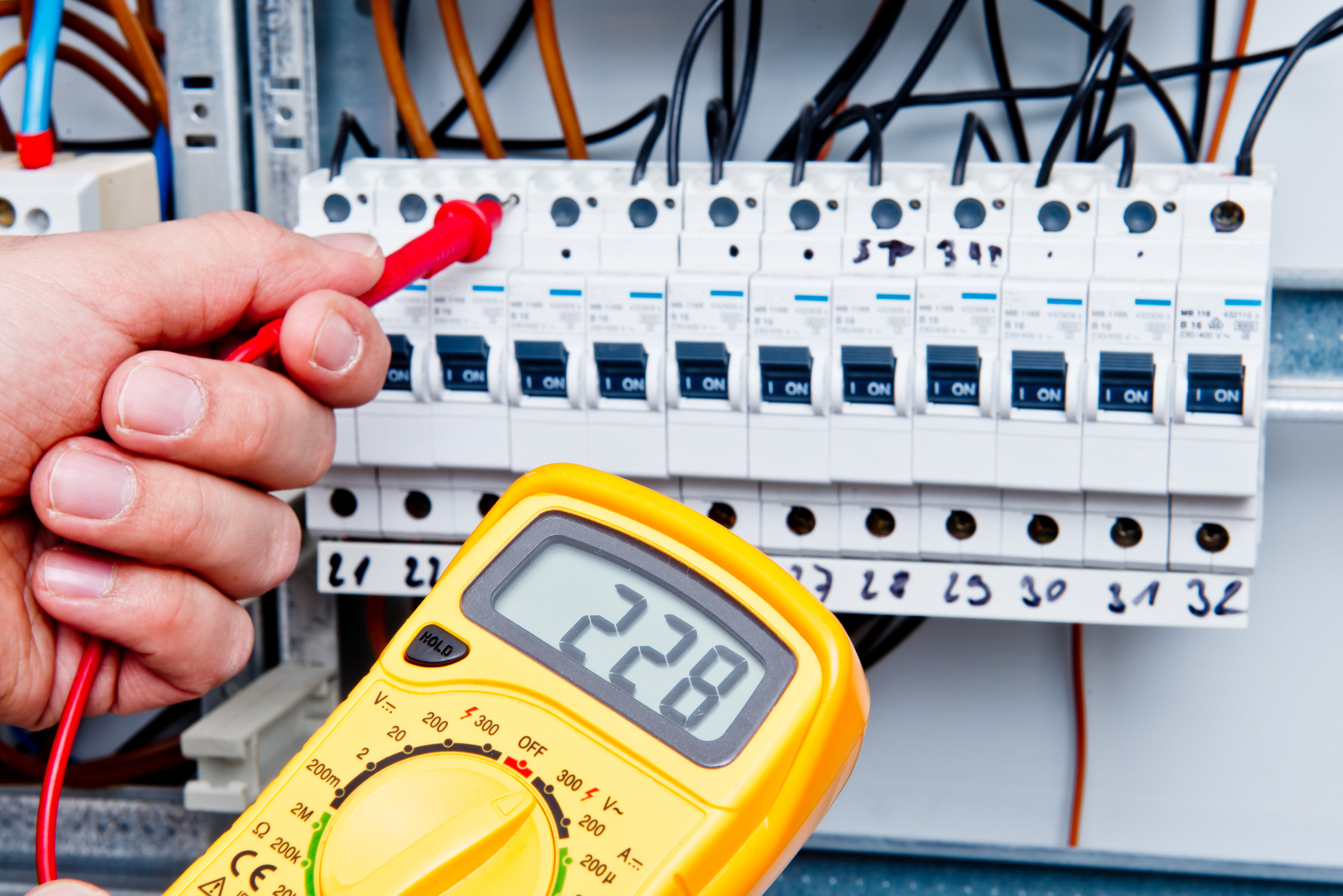
Nov
Data Punch Down
If you’re installing your own telecommunications system or data network, it’s likely that you’ll encounter a punch-down block and tool (also known as a Krone block and tool, named for the Krone LSA-PLUS, the European counterpart to the American 110 block).
Punch-down blocks are IDC connectors (that’s “insulation displacement connectors”) used to terminate twisted-pair cables, and are the predecessors to patch panels. While they are often used in low-bandwidth Ethernet, punch-down blocks are not usually able to support the Cat-5 cabling that is used in most Ethernet connections.
Installing cables into a punch-down block requires the use of a punch-down tool, which is specifically designed to punch the wire into place, where it is automatically stripped and cut. The block has a series of slots, each containing two sharp metal blades that cut through the wire’s insulation as it is punched down. Because there are no screws to tighten and no stripping and cutting of individual wires to worry about, punch-down blocks are a quick and easy way to connect telecommunications wires.
It’s important to note that punch-down tools come in different sizes, and it’s important to use the correct size, or you risk damaging the connectors-which, turn, risks bad connections and poor performance.
Installing your wiring in a punch-down box is simple, and requires just three easy steps:
- Start by stripping the insulation off of your twisted-pair cable, using a wire stripper. If there’s a cotton string inside the insulation, pull on it to help you strip the insulation as far as you desire. Often, the exposed ends of the wires will get damaged, so just snip them off so you’re sure you’re working with wire in top condition.
- Untwist the colored wires and locate the color key on the side of the punch-down box. This key will indicate which slots are used to connect the wires with matching colors. NOTE that there is no need to strip the PVC insulation off of these individual wires; the box will do that for you automatically.
- Insert the colored wire into the matching-colored terminal and punch down with your punch-down tool until it clicks. The click indicates that it has stripped and cut the wire and established the connection. And that’s all there is to it!
